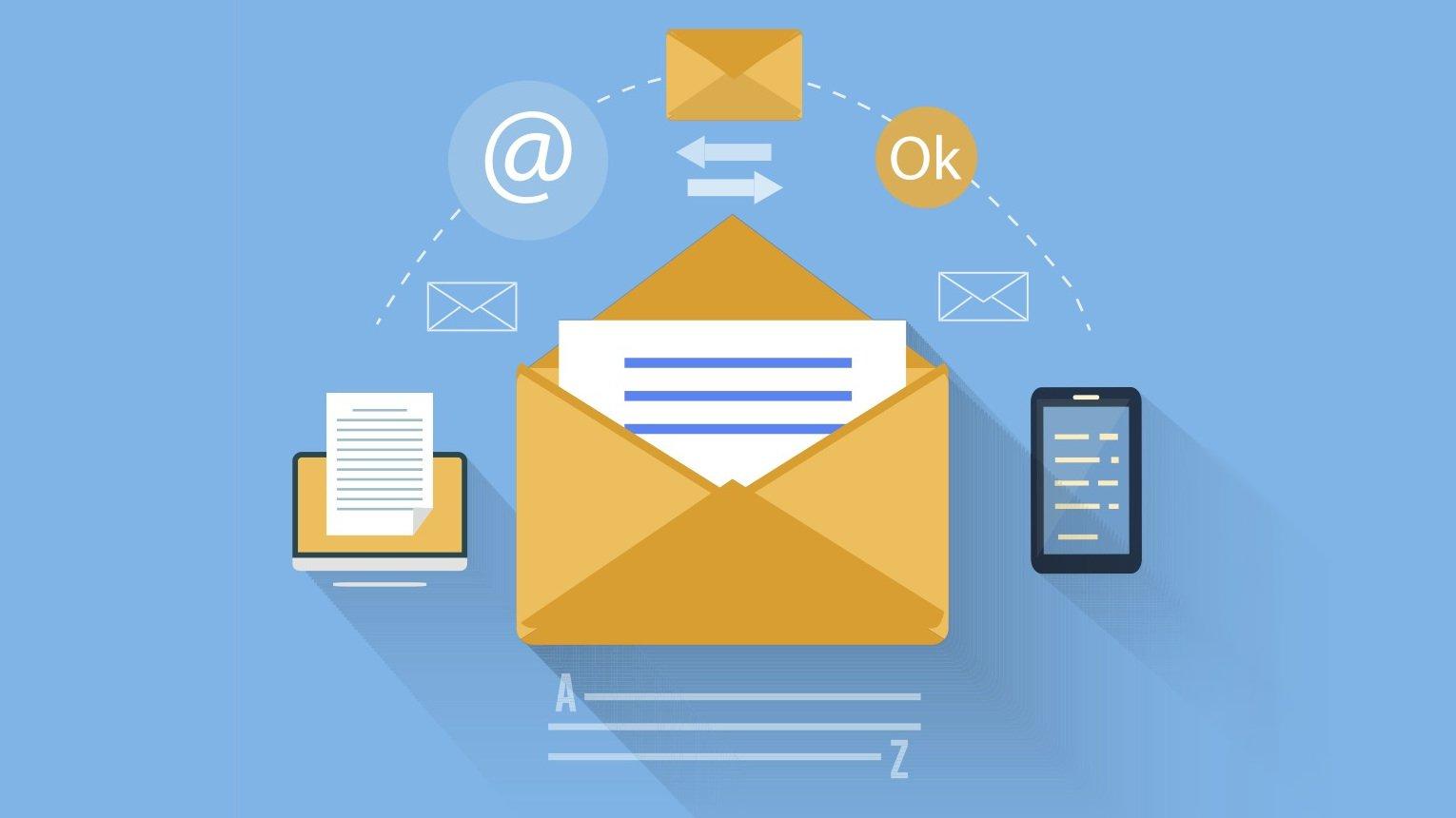Making use of advanced software and tools, and employing more people to boost capability helps us improve our time management, seeking improved means of optimizing routines and tasks with more effective techniques. To become the best in the market, you need a lot of tools like email drip campaigns and a tool to verify emails so that you are sure your emails will be delivered successfully.
This step-by-step guide will show you the best way of outreach campaign automation, from lead sourcing to analyzing the campaign performance. These very effective techniques can be used for promotion campaigns, cold sales campaigns, bond-building campaigns, and others.
Step 1: Searching for leads
Finding a lead doesn’t necessarily mean you have to think like a leader. Knowing the buyer’s identity and targets is usually enough. Ensure to keep in mind the parameters of your target audience, particularly when you’re finding leads on major social platforms like LinkedIn (buy LinkedIn followers here).

Not to worry, setting your target parameters isn’t that difficult. You can begin with a little section of the audience and discover their common traits.
After studying them, make up a list of target factors for your ideal audience to include interests, niches, professions, geographic locations, company sizes, and more. You can also make a list of LinkedIn pages and groups (professional groups) which are pertinent to your audience. These are fundamentally those places which are most visited and loved by your audience.
If your initial search does not get you enough clients or users, then make use of your major keywords as search parameters. Whatever you are into, search for similar groups and pages.
Step 2: Lead sourcing automation
With the best tool in your armory, you can find the leads’ email addresses anywhere on the internet. Sometimes that requires an email address scraper.
Gathering leads from LinkedIn
You don’t have to fix member profiles or even join groups with regards to sourcing leads on LinkedIn. You can simply gather LinkedIn leads from just the LinkedIn Search by using the appropriate email hunter tool which is deeply integrated with it.
It just might be the simplest means of gathering LinkedIn leads, but you, first of all, must define your ideal target audience.
Simply put in the parameters mentioned in Step 1 into the Search on LinkedIn.
As soon as you’re set, click the Search button and watch as LinkedIn makes a list of people relevant to you. Once the search results are ready, simply activate the extension on Chrome to find emails and use the derived email addresses to have all the leads in one list.

Step 3: Preparations to launch the campaign
The found emails are not enough for you to start building an email campaign. There are a few more things you have to do.
Confirm your leads
You must verify emails of your newly collected leads irrespective of how sure you are about them. Simply do this instantly by sending emails to the verification tool EmailChecker.
The essence of email verification is to boost deliverability by ensuring your campaign is sent to only correctly spelled, valid, and existing email addresses.
Don’t forget that the success of an email drip campaign depends on the low bounce rate and the high deliverability of emails.
Segment and develop your leads
Segmenting your list to ensure you have sufficient data to personalize your email messages is prior to commencing your email drip campaign. It is necessary to have a minimum of the lead’s name alongside the email address. It’s also advantageous to state the company name or title of the person. This technique ensures a drastic increase in open rate, thereby generating more clicks and sales for you.
If your leads are gathered from a group on LinkedIn, then you can state the group’s name in the body of the email that clearly indicates a link between the lead and you. The more you segment your list, the more customized and personalized messages you can make. This segmenting can best be done by sources, geographical locations, and the extracted group.
You can also segment by titles, company size, languages, and others. Keep in mind that segmentation is the most important issue for an email marketer when reaching out to leads.

If you lack adequate parameters for segmentation, then you should, first of all, develop your leads. Lead development entails searching for data relevant to leads that offer additional value.
Searching for more data about their companies, making use of other geo parameters such as the city name, gathering minor contact info like phone numbers, among others. You will certainly get better results from a developed and well-segmented list.
Step 4: Email drip campaign automation
Automation can be done with various email drip campaigns tools and services. Many of these tools are for outreach campaigns, and they differ a bit from those specifically for email marketing. Firstly, using these tools you can automate follow-ups easily. Next, the tools are aimed at driving your replies and inspire addressees to do a valued thing (signup for your product, request a demo, signup to a webinar).
Start with creating a campaign and having your email lists uploaded to the system. You can modify email and campaign templates, duplicate them, and easily create a new one for a different segment or list.
If you want to be a true professional, insert triggers and delays between emails. This will let your emails look less spammy as every follow-up will be sent only when the recipient performs the trigger action and the pre-defined time in the Delay element passes.
Know the time when leads are more active and are eager to get emails? Great, use the scheduling feature and your emails will be delivered on the days and times people will surely open them.
To treat leads in a special way is not that complicated. Simply use personalization variables and every email you send will look specifically.
Step 5: Learning the stats
What is truly cool about email drip campaign tools is that they provide comprehensive statistics on every campaign you send. Sent emails, opens, clicks, replies, unsubscribes and many others are included in the campaign report.
With all that information on board, you will easily know which type of emails is better than others, whether people convert, etc.
Choose the right tool
In the 21st century, you have a variety of alternatives for this or that tool. And it is of great importance to choose the one that suits all your professional needs, preferences, and budget. It is recommended to use all-in-one tools as they let use a set of tools. Such a tool will find emails of leads for you, verify them, let you create an automated email drip campaign, and later provide you with deep analysis of the sent emails.














Thanks for compiling this amazing information. I would like to add that email database verification is very much important for effective outreach campaigns.